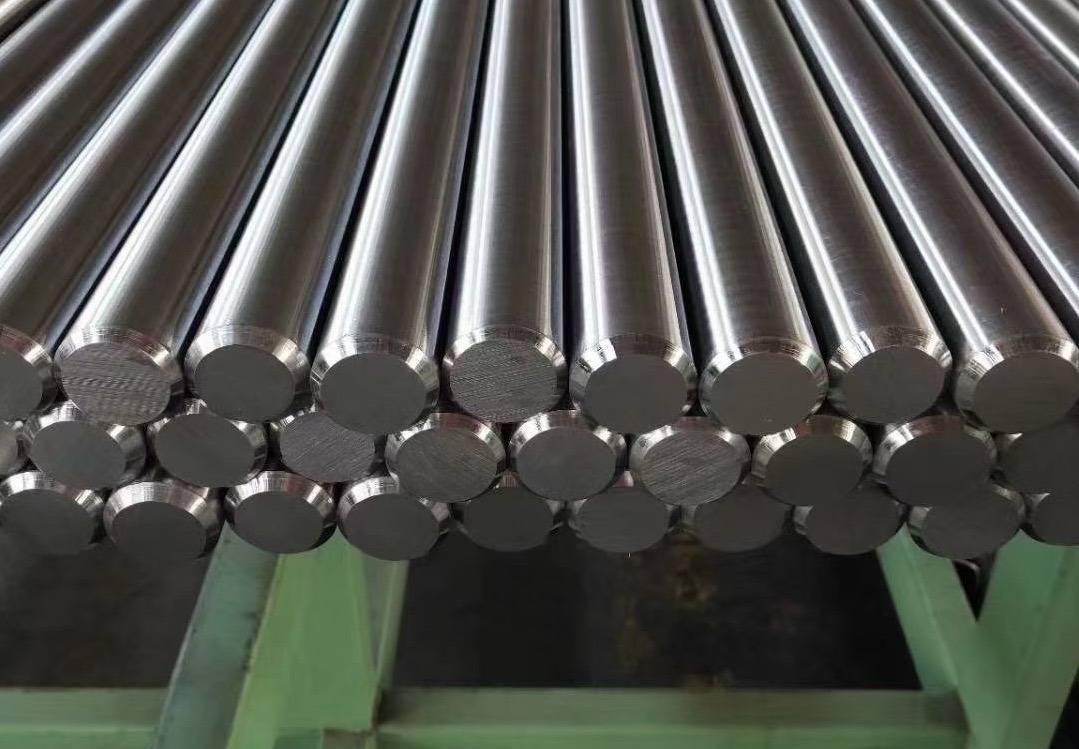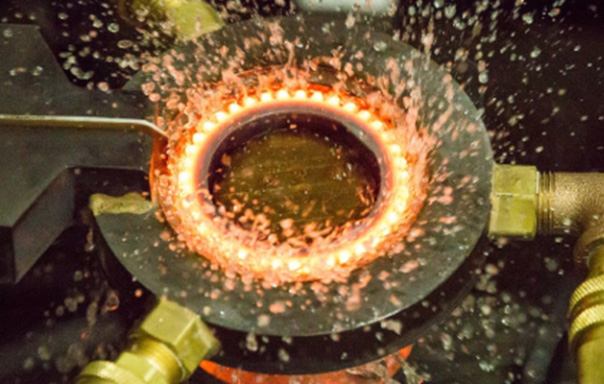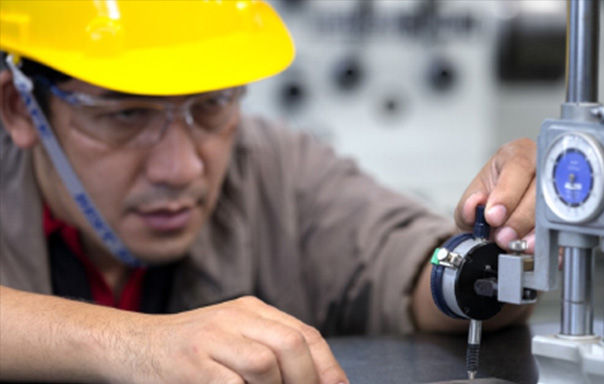In the automotive industry, cold heading steel wire rods, with their excellent formability and mechanical properties, serve as one of the core materials for manufacturing various key components. They boast a diverse product range and clear classification logic, mainly categorized based on three dimensions: chemical composition and performance, practical application scenarios, and surface treatment processes. The following is a detailed breakdown of the most representative types of cold heading steel wire rods in the automotive industry:
I. Classification by Chemical Composition and Performance
This classification method is the core basis for selecting cold heading steel wire rods. By adjusting carbon content, alloying element ratios, and production processes, the material can be precisely tailored to meet requirements for different strength, toughness, and processability.
1. Basic Cold Heading Steel (Subdivided by Carbon Content)
Divided into low-carbon and medium-carbon types based on carbon content differences, they cover over 70% of the demand for basic fasteners in the automotive industry.
1)Low-Carbon Cold Heading Steel: Typically contains less than 0.25% carbon. Its core advantage lies in high plasticity and easy formability, as it is less prone to cracking during the cold heading process. It is suitable for manufacturing general-purpose fasteners with low strength requirements.
Typical grades and corresponding standards:
a.Japanese Standard (JIS G3507): SWRCH6A, SWRCH8A, SWRCH10K, SWRCH15A, SWRCH22A
b.American Standard (SAE J403/SAE J412): SAE 1006, SAE 1008, SAE 1010, SAE 1015, SAE 1022
c.Chinese Standard (GB/T 6478): ML04Al, ML08Al, ML10Al, ML15Al, ML20Al
d.Application scenarios: Ordinary bolts, nuts, self-tapping screws, washers, etc.
2)Medium-Carbon Cold Heading Steel: Contains carbon in the range of 0.25%-0.55%. Compared with low-carbon steel, it has significantly improved strength and hardness while retaining a certain degree of formability. It is suitable for components requiring higher clamping force.
Typical grades and corresponding standards:
Japanese Standard (JIS G3507): SWRCH35K, SWRCH45K
American Standard (SAE J403/SAE J412): SAE 1035, SAE 1045
Chinese Standard (GB/T 6478): ML35, ML40, ML45
Application scenarios: High-strength fasteners such as engine accessory bolts and chassis connection bolts.
2. High-Performance Cold Heading Steel (Subdivided by Alloy Strengthening Method)
Designed for high-load, high-fatigue-risk components in automobiles (e.g., transmission systems, suspension systems), this type of steel achieves coordinated improvements in strength, toughness, and wear resistance by adding alloying elements or optimizing processes.
1)Alloy Cold Heading Steel: By adding alloying elements such as Cr (chromium), Ni (nickel), Mo (molybdenum), and V (vanadium), it significantly enhances the material’s tensile strength, impact toughness, and fatigue life, enabling it to withstand complex stress environments.
Typical grades and corresponding standards:
a.Japanese Standard (JIS G4053): SCM435, SCM440, SNCM220, SNCM240
b.American Standard (SAE J403/SAE J412): SAE 4037, SAE 4140, SAE 8620, SAE 8740
c.Chinese Standard (GB/T 3077): 35CrMo, 40Cr, 42CrMo, 20CrMnTi
d.Application scenarios: Drive shaft bolts, high-strength studs for suspension systems, engine cylinder head bolts, etc.
2)Microalloyed Cold Heading Steel (Non-Quenched and Tempered): By adding microalloying elements such as V (vanadium), Nb (niobium), and Ti (titanium), combined with controlled rolling and cooling processes, it can achieve the target mechanical properties without additional quenching and tempering treatment after cold heading. This greatly simplifies the production process and reduces energy consumption and costs.
Typical grades and corresponding standards:
German Standard (DIN EN 10263-4): 49MnVS3, 38MnVS6
Chinese Standard (GB/T 6478): YF35MnV, YF40MnV, YF45MnV
Application scenarios: High-strength fasteners for lightweight body connections and non-critical parts of the chassis.
3. Free-Cutting Cold Heading Steel
Developed for fasteners requiring subsequent machining (e.g., drilling, tapping), this type of steel reduces cutting resistance, minimizes tool wear, and improves processing efficiency and surface precision by adding free-cutting elements such as S (sulfur), P (phosphorus), Pb (lead), Ca (calcium), and Se (selenium).
Typical grades and corresponding standards:
1)Japanese Standard (JIS G4804): SUM21, SUM22, SUM23, SUM24L, SUM31L
2)American Standard (SAE J403/SAE J412): 12L14, 1215, 1117
3)Chinese Standard (GB/T 6478): Y12Pb, Y15Pb, Y35Ca
Application scenarios: Perforated screws, complex-shaped nuts, and non-standard fasteners requiring precision machining.
II. Classification by Application
Centered on the functional requirements of automotive components, this classification accurately matches material properties and serves as a direct basis for the "demand-oriented selection" of cold heading steel wire rods.
1)Cold Heading Steel for Fasteners: The most dominant application field of cold heading steel, accounting for over 80% of total usage. It is specifically used to manufacture basic fastening components such as bolts, nuts, screws, and studs, requiring a balance of formability and connection reliability.
2)Cold Heading Steel for Bearings: Designed for rolling elements (steel balls, rollers) and races of rolling bearings. Its core requirements include high hardness (HRC 58-62), high wear resistance, and high contact fatigue strength, which need to be further enhanced through subsequent heat treatment.
3)Cold Heading Steel for Gears: Used in transmission components such as automotive gearbox gears and engine timing gears. It must simultaneously meet the requirements of high strength (resistance to tooth surface breakage), high wear resistance (resistance to tooth surface wear), and high fatigue resistance (resistance to tooth root fatigue). Most grades fall under the category of alloy cold heading steel.
4)Cold Heading Steel for Other Applications: Covers non-standard and standard components in automotive engines, chassis, and bodies, such as locating pins, retaining rings, snap rings, and spring seats. Low-carbon, medium-carbon, or free-cutting types are selected based on the functional requirements of the components.
III. Classification by Surface Treatment Status
Surface treatment directly affects the formability, corrosion resistance, and subsequent assembly compatibility of cold heading steel. The selection should be based on the processing technology and service environment.
1)Bright Cold Heading Steel: Undergoes precision drawing or polishing, featuring a smooth surface free of scale and high dimensional accuracy (tolerance grade up to h8-h9). It can be directly used for cold heading without pre-treatment, making it suitable for high-precision fasteners.
2)Black-Skinned Cold Heading Steel: Retains a layer of scale on its surface after hot rolling and has relatively high hardness. It requires pre-treatment such as pickling (to remove scale) and phosphating (to form a lubricating film) before cold heading. It is cost-effective and suitable for components with low surface precision requirements.
3)Coated Cold Heading Steel: Coated with metallic (zinc, nickel, copper) or non-metallic (phosphating, oiling) coatings on the substrate surface. Zinc/nickel plating improves corrosion resistance, while copper plating/phosphating enhances lubricity during cold heading. It is suitable for components used in humid environments (e.g., chassis) or those difficult to form.
Selection Recommendations
The above classifications only cover the commonly used cold heading steel wire rod types in the automotive industry. In practical applications, three key factors should be comprehensively considered:
Component Function: For example, high-load components should prioritize alloy cold heading steel, while components requiring machining should use free-cutting types.
Processing Technology: Choose bright steel for high-precision forming and black-skinned steel for cost-sensitive applications.
Service Environment: Select coated steel for humid or corrosive environments, and basic types for dry environments.
By matching across multiple dimensions, the optimal balance of material performance, processing efficiency, and cost can be achieved.



Baoshan District,
Shanghai, China.



